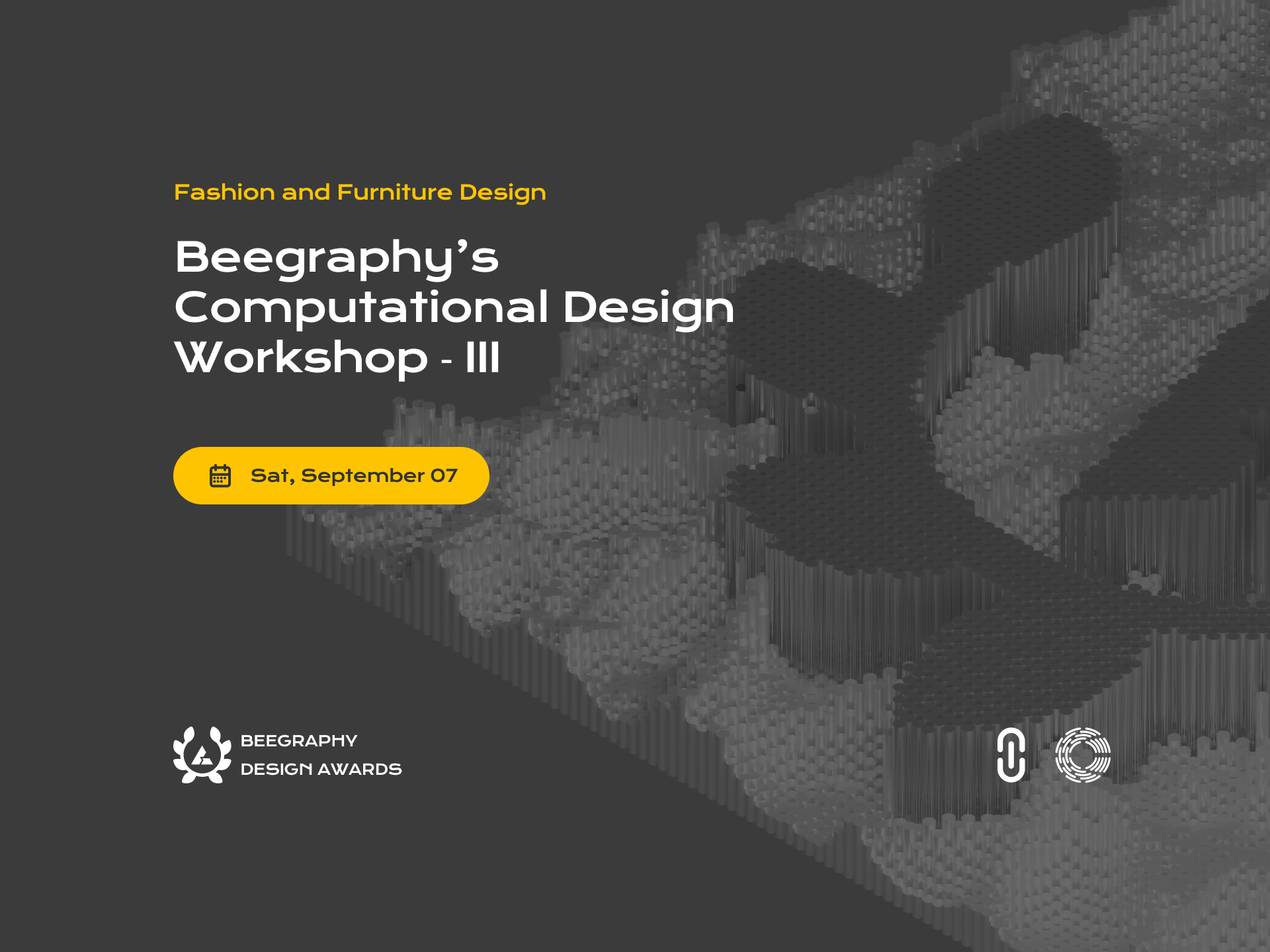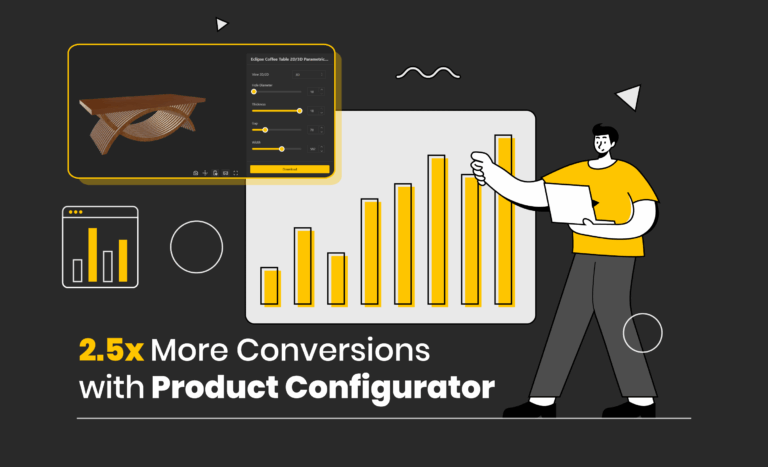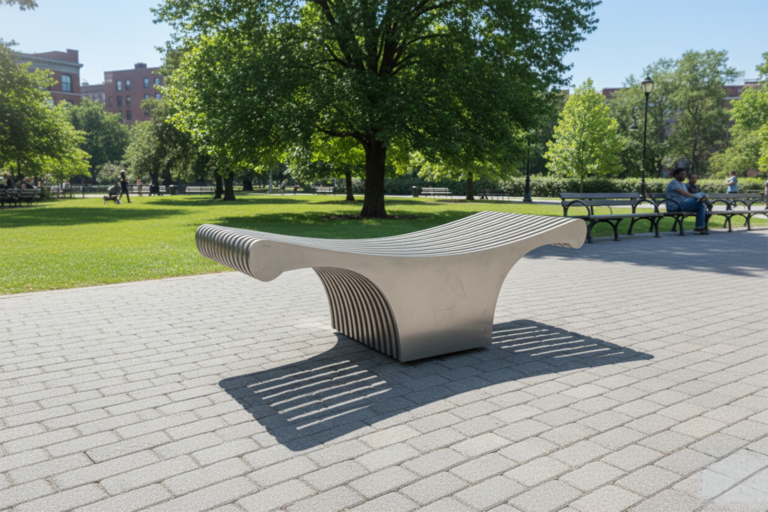Table of Contents
We are excited to announce Workshop 3, where we continue to explore the vast possibilities of parametric design with Beegraphy. This workshop focuses on the innovative application of computational design in fashion, furniture, and education. Whether you’re a designer, educator, or just curious about the intersection of technology and creativity, Workshop 3 offers insights and skills to elevate your projects to the next level.
Workshop 3 Overview
Part A: Fashion & Jewelry
Step into the future of fashion with our session on computational design for fashion and jewelry. This session will demonstrate how parametric design can transcend traditional methods, enabling the creation of bespoke accessories and garments that are more intricate, bold, and personalized. Here’s what we’ll cover:
- Breaking Down Forms for Parametric Logic: Learn how to deconstruct fashion and jewelry designs into their parametric elements to unlock endless possibilities for customization.
- Creating Variations and Repetitions of Patterns: Discover how to generate and manipulate patterns, allowing for dynamic and unique design iterations.
- Understanding Fabrication’s Influence on Form: Explore how different fabrication techniques, from 3D printing to laser cutting, impact the design and how to adapt your concepts accordingly.
- Applying Fabrication Logic and Preparing for Printing: Master the process of applying fabrication logic to your designs and preparing them for production, ensuring that your creations are both stunning and feasible.
Example Use Case: Imagine creating a custom, intricately patterned fashion piece that adjusts to the wearer’s preferences in real-time. Parametric design allows you to effortlessly generate variations, ensuring each piece is as unique as its wearer.
Part B: Furniture & Home Furnishing
Embrace the third wave of furniture design, where computation meets craftsmanship. This session will guide you through the process of creating stunning, personalized furniture and home furnishings that cater to individual tastes and spatial constraints. We’ll cover:
- Understanding Computational Potential in Furnishing: Discover what can be achieved through computational design in the realm of furniture and home decor.
- Logic Building for Form Creation: Learn how to develop the logic behind intricate forms, enabling you to create designs that are both functional and aesthetically pleasing.
- Exploring Fabrication’s Impact on Design: Understand how different fabrication methods influence the final form and structure of your furniture, from modular designs to complex joinery.
- Innovating in Joinery, Modularity, and Customization: Explore fresh approaches to joinery, modularity, and customization, making your designs adaptable and tailored to specific needs.
Example Use Case: Picture designing a customizable furniture unit that adapts to different spaces and styles. With parametric design, you can create a system that easily adjusts in size, configuration, and aesthetic, offering endless possibilities for customization.
Part C: Education
Discover how computational design can revolutionize the educational experience by making learning more interactive and engaging. This session will show you how to leverage parametric principles to simplify complex concepts and create compelling educational modules. We’ll explore:
- Introduction to Computational Design for Education: Get an overview of how computational design can be applied to educational settings, enhancing both teaching and learning experiences.
- Strategies for Interactive Learning Experiences: Learn techniques to create interactive, engaging educational content that captivates and educates simultaneously.
- Simplifying Complex Concepts with Computational Tools: Understand how to use computational tools to break down complex ideas into manageable, understandable parts.
- Case Studies Demonstrating Impact: Review real-world examples of how computational design has transformed educational outcomes, offering inspiration and insights for your projects.
- Practical Exercises in Designing Educational Modules: Put theory into practice by designing your own educational modules using parametric principles, preparing you to innovate in the classroom.
Example Use Case: Explore the concept connecting Earth and Sun, geometric positioning and tracing the sunpath. Parametric design makes this possible, creating an engaging and educational experience that brings abstract concepts to life.
Join Us for Workshop 3
Don’t miss out on the opportunity to explore the creative potential of computational design in fashion, furniture, and education. Workshop 3 offers a deep dive into practical applications, hands-on learning, and innovative thinking.
Date & Time: 7th September 2024 at 12:00 PM GMT
Google Meet Link: Join the Workshop
Add to Calendar: Add this and future workshop to Your Calendar
We can’t wait to see you there!










